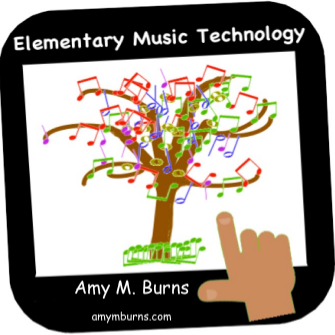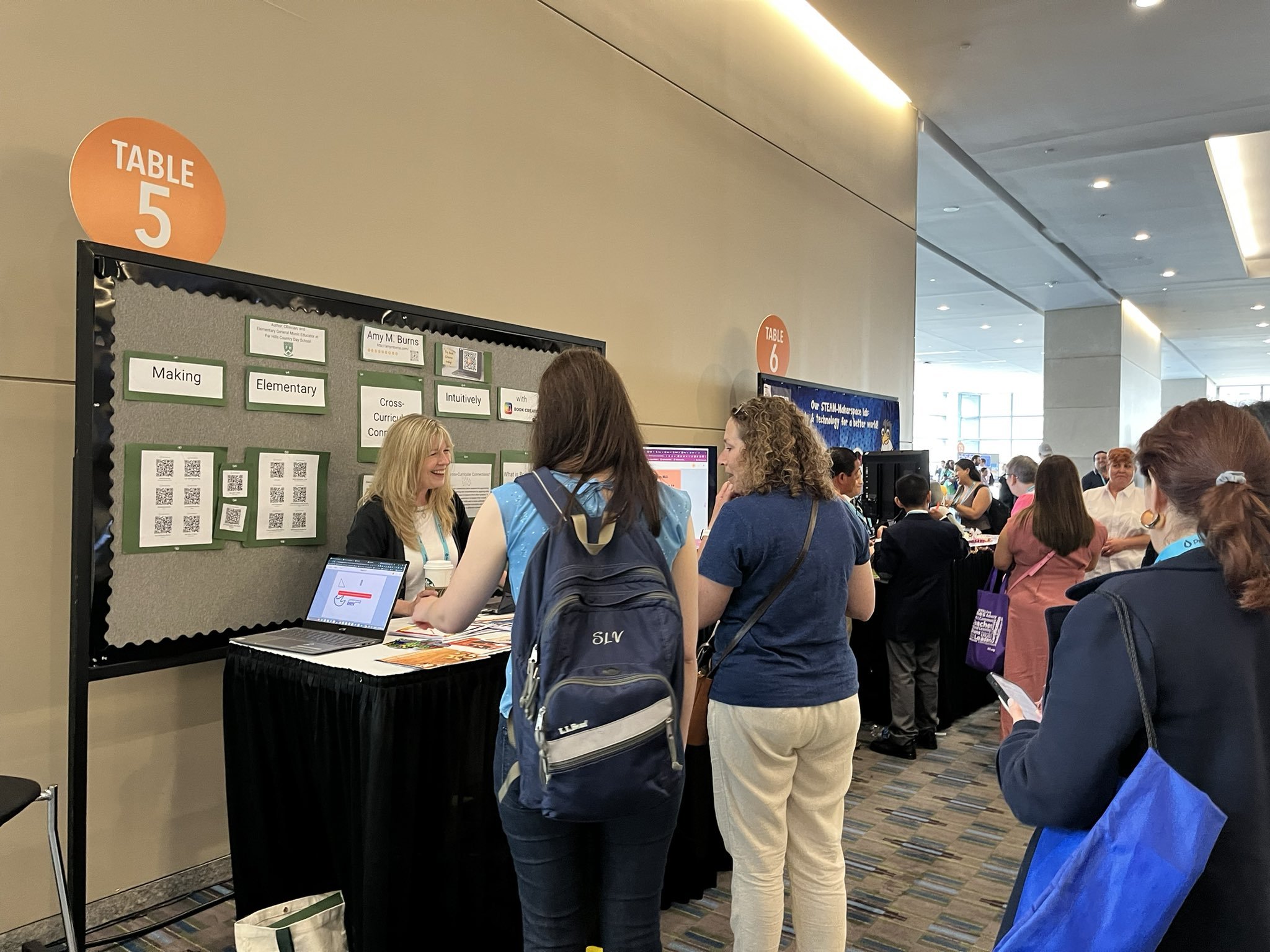The Center for Transformative Teaching and Learning (CTTL) continued its elementary academy for the fourth day, with us further diving into Mind Brain Education (MBE).
Image source: https://commons.wikimedia.org/wiki/File:Music-brain.jpg
Focus on Math
Source: https://www.researchgate.net/post/To-what-extend-a-musician-needs-to-know-mathematics-and-acoustics-Dose-mathematical-knowledge-discourages-his-her-pure-inspirations
Since yesterday’s focus was a deep dive into reading, it was a natural process to have today’s focus be on math. Our presenters explored research for instructional practices that improve outcomes in mathematics. They spoke to purposeful mathematics, meaning actively cultivating math through inquiry and applying mathematics in multiple settings. Plus, the teacher should also bring a supportive mindset to math. If the teacher struggled with math in school, be honest about it, but show how they overcame that mindset.
What Does this Mean for Music Educators?
Listening to the experts of math research, one can easily have the fixed mindset of, “this doesn’t apply to me and my subject.” However, just as we encourage our students to have a growth mindset, we too, should look at a math professional development topic and take what we can to apply to music. Here are some of my takeaways:
Grappling and struggling are so important for the learning process.
Find the “sweet spot“. This is where you can challenge a student, but they also have the tools to be able to overcome the challenge.
Meaningful Integration: Christine Lewis, Lower School Teaching & Learning Specialist at Saint Andrew’s Episcopal School, spoke about how the PE teacher in her school has a strong knowledge of the math thresholds of each grade level so she can incorporate it into PE. This gives math context. This is a great opportunity for students to understand math and athletics. Making math meaningful and useful!
Natural Integration: With that, music has a natural integration of many subjects. I have always felt that math and music are intertwined. When my kindergarteners are learning about patterns, I take that time to have the kindergartners learn about musical form. We move to it. We use tactile objects to visualize musical form. We then create music to a musical form where A is a rhythm pattern played on classroom instruments, B is a movement portion, and C is a simple sol, mi, la pattern. We put it together to create a Rondo form of ABACA.
You can look at your music curriculum and the goals, SLOs, SGOs, TEKS, Core Arts Standards, etc, and you can quickly discover where other subject’s thresholds fit in. Bringing them into music does not take away from teaching music. Instead, it makes the students realize that school is not a day where they go to a room for math, a room for art, a room for music, etc., it a place where learning comes to life, and all of the subjects come together, throughout the school day.
Executive Function Skills
Source: https://modules.ilabs.uw.edu/module/early-music-experience/music-training-and-executive-function/
No matter what subject you teach, when you work with elementary students, you will be molding their executive function skills for years to come. Here are some takeaways from a great presentation by Adele Diamond, Professor of Neuroscience at the University of British Columbia, where she is currently a Tier 1 Canada Research Chair in Developmental Cognitive Neuroscience.
Music Books: Storytelling is great for working memory. Think about how we read our musical stories or sing our songtales to our young learners.
Songtales: Storytelling vs Story Reading (Read Alouds) – Storytelling is when we read with inflection, lots of eye contact, and not show the pictures on the page for too long. Story Reading is when we read the page and then show the picture. When we storytell, the vocabulary is recalled better and it improves the student’s attention and focus. When we sing songtales to our students, this research reminds us to not use visualizations of the songtale when we first sing it. Bring in the book or manipulatives after one or two times singing the songtale.
Music Classroom Management with Young Students: Buddy Reading – Adele spoke to giving a picture of an ear to one of the buddies so that they know they are listening to the other buddy. After a while, the picture of the ear is no longer needed as they have learned to work together. With young students, many want to sing over the other student, or they want to tell a story, which can lead to a very loud and chaotic classroom. By placing a picture up of an ear to remind the students it is time to listen, or to use the traffic light so the students know when to listen and when to sing, or the puppet comes out (they listen) and when it hides (they sing), helps young students with their executive functioning skills.
Classroom Decor with Various Grade Levels in One Room: Adele spoke to the room environment and though decorating our rooms for young learners can make it look nice and fun, if there are too many items on the wall that do not pertain to the lesson, then it becomes a great distraction. We, as music educators, have a challenge as we have a variety of age groups that we teach on one day and our room reflects that. How do we keep it less distracting? Adele suggested panels and moving items on the wall between classes. That is probably not feasible for many of us as we struggle with time in our schedule. Some other participants throughout the week suggested that specialists get a “pass” on this topic. There is a place in between for us where we can display items that we know will be addressed throughout the various age levels like solfege chart, rhythm values, singing posture, xylophone chart with removable bars, class expectations, ukulele fingering chart, recorder fingering chart, and more, while keeping our classroom organized with less distracting elements.
Conclusion
After four days, I now need to process it all. That is one of the reasons I blog daily at a conference. It helps me to process and to organize many of the ideas, theories, etc, that I learn throughout the conference. I loved the elementary focus of CTTL’s four-day deep dive. I learned a great deal and am looking at the school year with tremendous possibilities.
Want to learn more?
The best place to begin is to check out https://www.thecttl.org/ and to read Neuroteach. Finally, if you can ever catch a session presented by Dr. Missy Strong about music and neuroplasticity, I would highly recommend attending it. I have attended a few of her sessions on this topic in the past, and it helps me to understand how students learn music from the youngest of ages.


